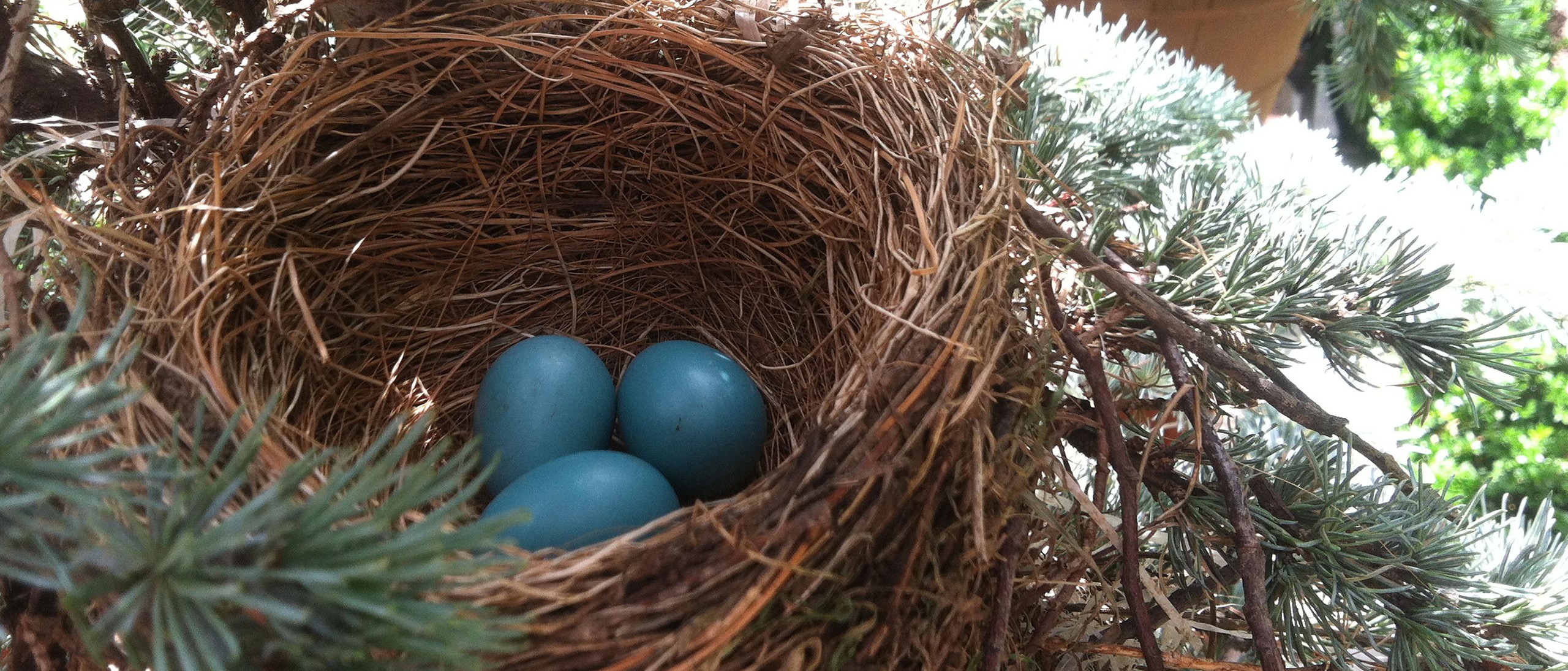Smithsonian Gardens Greenhouses Welcome Bluebirds
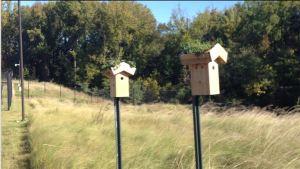
Working in collaboration with Richard E. Gies, lead volunteer of the Longwood Gardens Bluebird Project, Smithsonian Gardens established an Eastern Bluebird Habitat trail around the perimeter of the Greenhouse facility in Suitland MD.
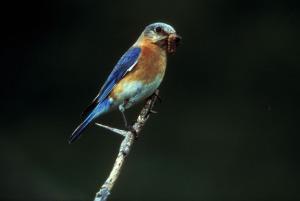
Why Bluebirds?
A native songbird, the Eastern Bluebird (Sialia sialis) is a member of the thrush family (Turdidae). They eat insects and berries and require open grassy areas and meadows with low groundcover for feeding.
These beautiful birds breed in all eastern states from Maine to Florida. They are considered to be secondary cavity nesters in that they traditionally nest in holes made by woodpeckers and other birds.
The nesting boxes were installed to benefit an existing population of Bluebirds as well as to encourage more bluebirds to nest on site. Eastern Bluebird populations are on the rise thanks, in part, to efforts like this one. The lack of suitable nesting cavities caused by changing land use patterns, increasing urbanization, and competition from introduced European starlings and house sparrows has been responsible for the decline of Eastern Bluebirds populations in the past.
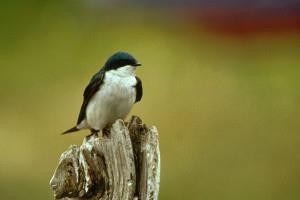
When is a pair of nesting boxes better than one?
In areas where Eastern Bluebirds coexist with Tree Swallows (like Maryland) it is recommended that two boxes be placed 15-20 feet apart. Tree swallows will select one box for nesting and defend the other against use by other swallows thereby allowing Bluebirds to claim it.
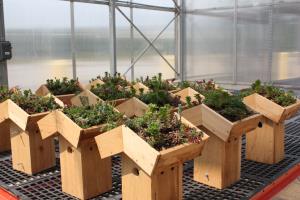
A Green Roof: for style and comfort
The roofs on these nesting boxes have been planted with a variety of stonecrop (sedum) plants. The purpose of the “green roof” is to help keep the interior of the boxes cool during the hot summer months.
The temperature inside these nesting boxes will be monitored in an effort to ensure the safety of the fledglings (baby birds).
The green roof nesting boxes were designed Richard Gies for Longwood Gardens. You can download a PDF of his instructions here: Green Roof Eastern Bluebird nesting boxes

